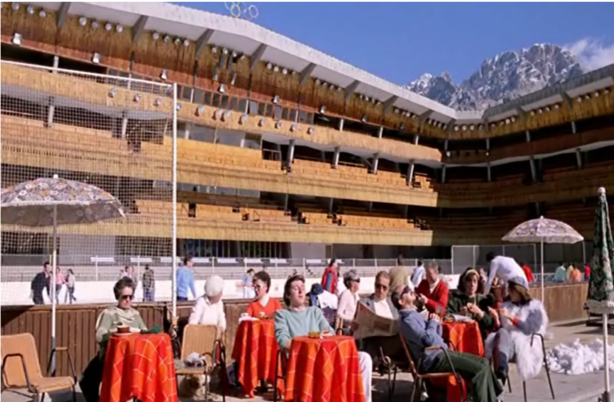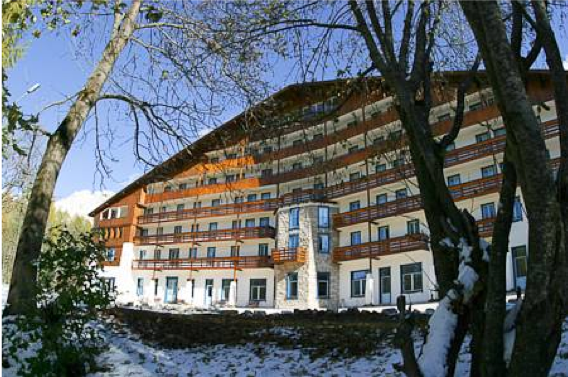
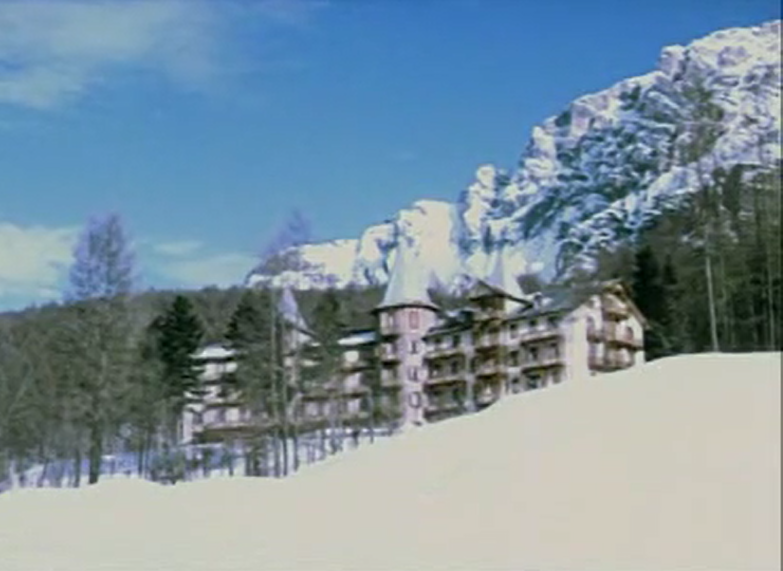
In terms of atmosphere, structure and even the setting, a predecessor of the “Italian Christmas movie” genre can be found in Winter Holidays (Vacanze d’inverno, 1959) directed by Camillo Mastrocinque. Luigi De Laurentiis, who had distributed the film, suggested it to the Vanzina brothers as a model for their Vacanze di Natale. Winter Holidays had been filmed in Cortina, and its stars included the charismatic Rome-born actor Alberto Sordi, and the great director and actor Vittorio De Sica, father of Christian De Sica who would later star in many “Christmas movies”.
Winter Holidays is a vacation-based comedy with an ensemble cast, and it is one of the many collaborative efforts between Alberto Sordi and the screenwriter Rodolfo Sonego, originating from Belluno. Considering both the year in which it appeared, and the presence of tourism and holidays as the predominant themes, this film could be defined as a “boom-years comedy”, typical of the feeling of economic affluence that flowed through Italy in the late 1950s and early 1960s. Holiday comedies became a true movie genre, and their main hallmark was the way in which they reflected the Italians’ new habits, and the presence of elements of social criticism, with little tolerance and a lot of cynicism.
Just like the future “Christmas movies”, these earlier films share features such as ensemble casts, humour based on farcical situations, the collisions between personalities of very different regional and social origins, amorous sub-plots, and of course, a winter holiday setting.
As Winter Holidays is set entirely in Cortina, many locations in the Ampezzo valley appear in the film. Of course, from 1959 to today, many things have changed, and some of these locations are no longer as they were in those days.


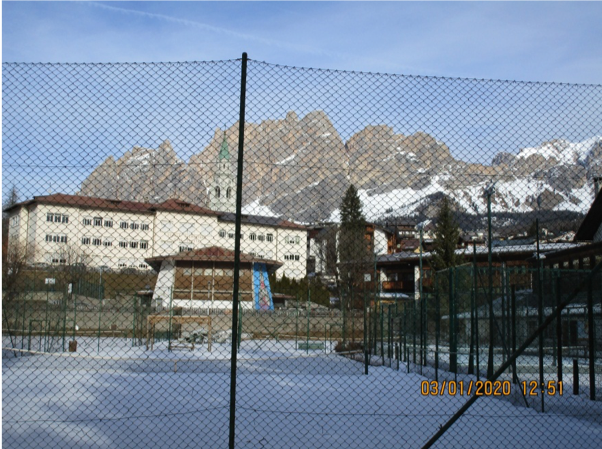
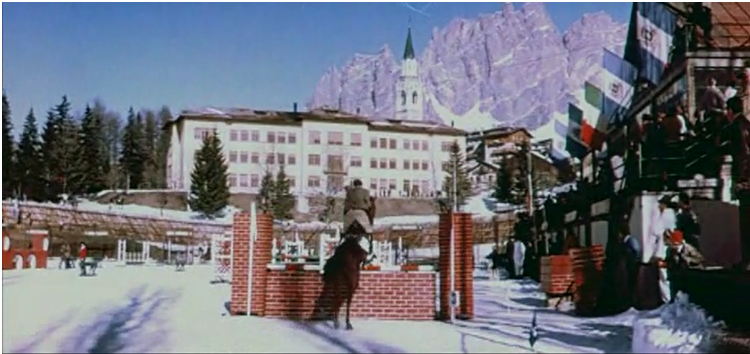


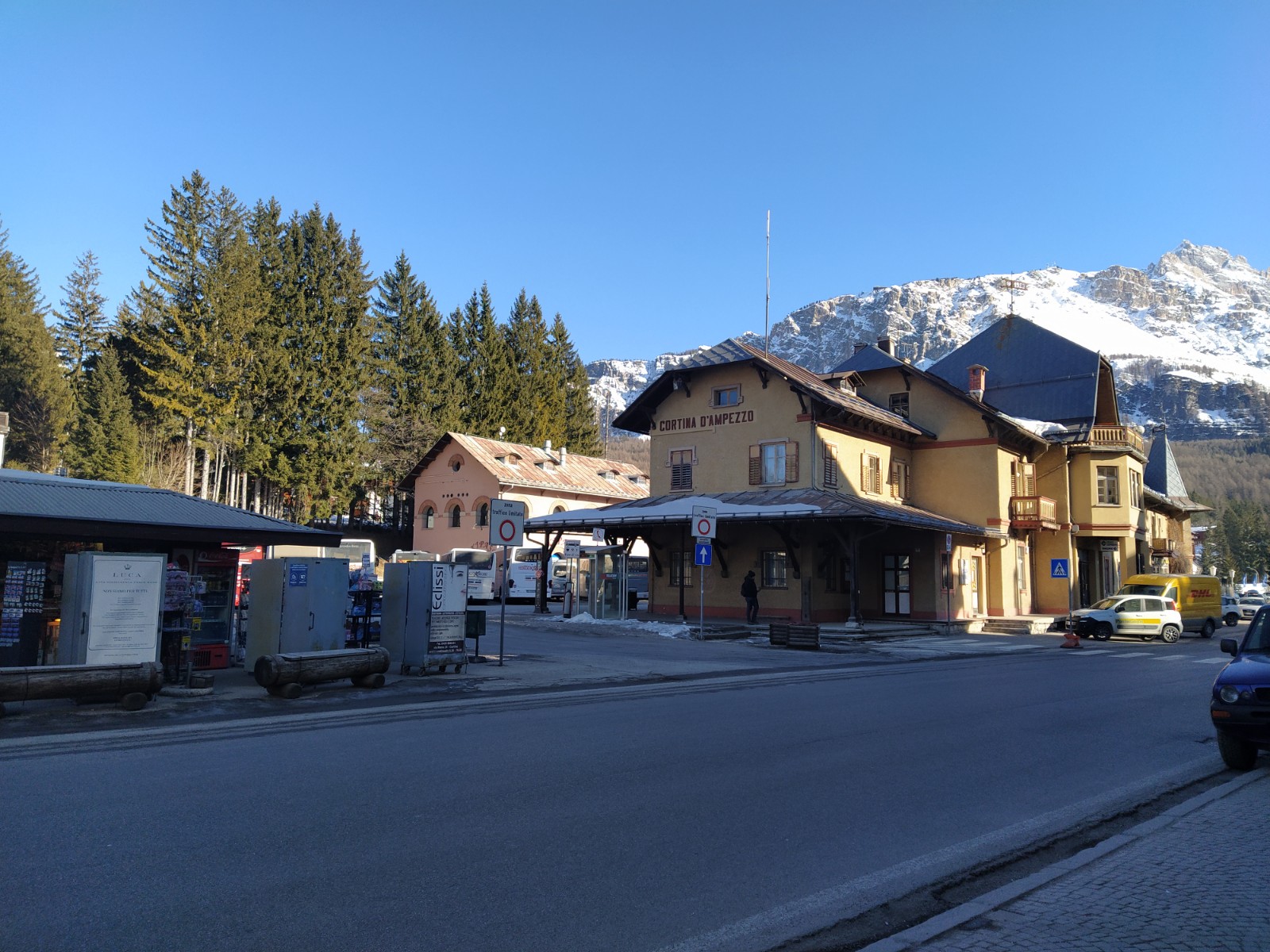
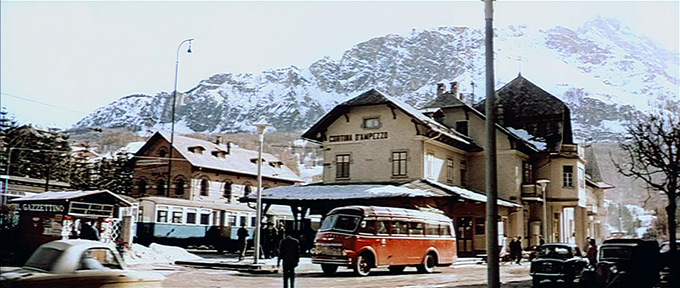
Amongst all the films set in Cortina d’Ampezzo from the 1980s on, those that attained greatest success amongst the Italian public, and that set the seal on Cortina’s definitive status as the most famous winter tourism resort in Italy, were the so-called “cinepanettoni” or “Italian Christmas movies”.
These Christmas movies, whose screenwriters and directors included the brothers Enrico and Carlo Vanzina, and which were all produced by Luigi and Aurelio De Laurentiis’s Filmauro, are hallmarked by certain shared distinctive characteristics:
However, the Italian term “cinepanettone” (literally “panettone film”) used to describe this Italian Christmas movie genre from the early years of the 2000s, was probably applied more to contemporary films, often with a disparaging connotation, than to the productions made two decades earlier.
The “Christmas films” made in the Ampezzo valley basically comprise three titles: Vacanze di Natale (“Christmas Vacation”, 1983), Vacanze di Natale 2000 (“Christmas Vacation 2000”, 1999) and Vacanze di Natale a Cortina (“Christmas holidays in Cortina”, 2011).
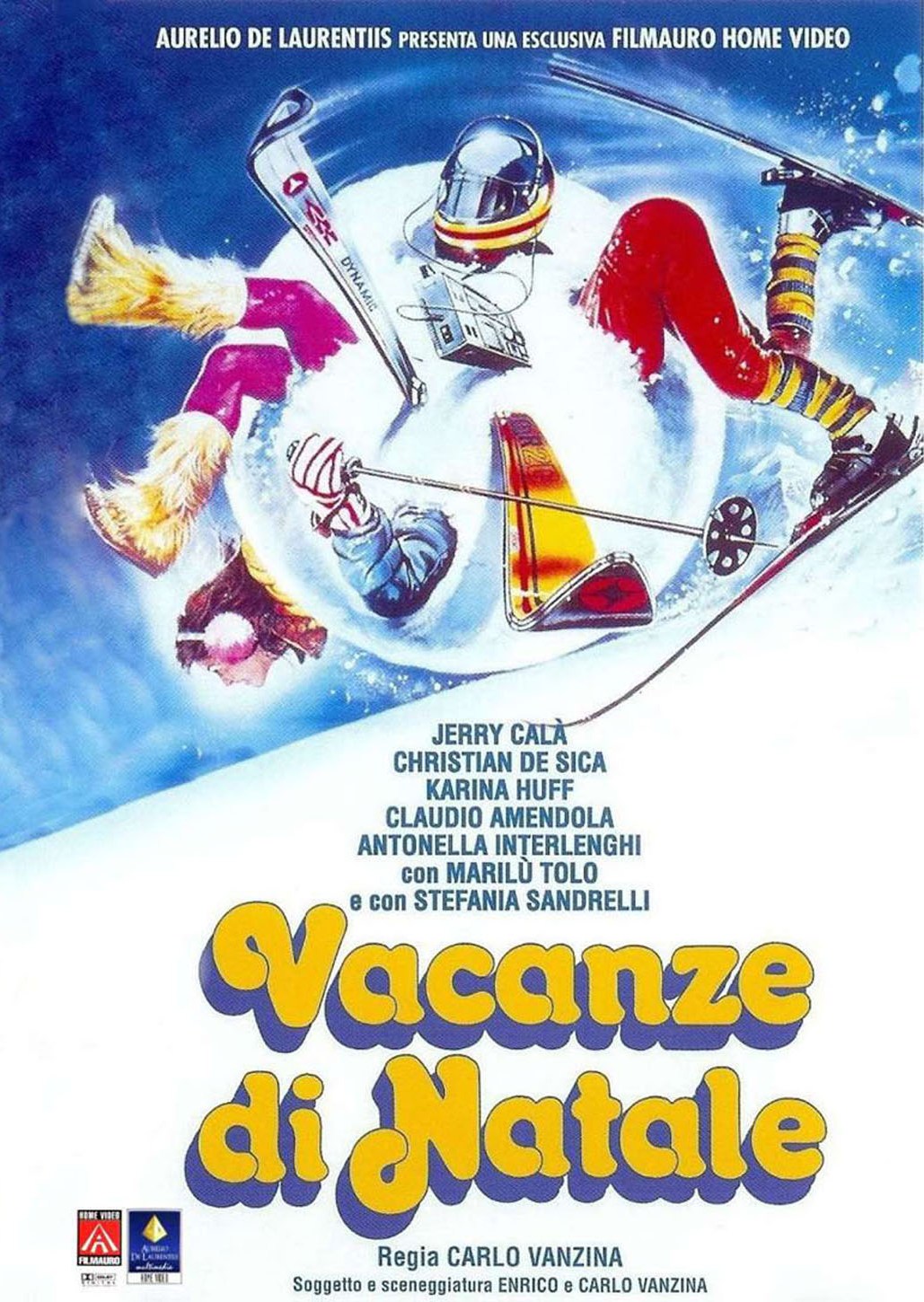
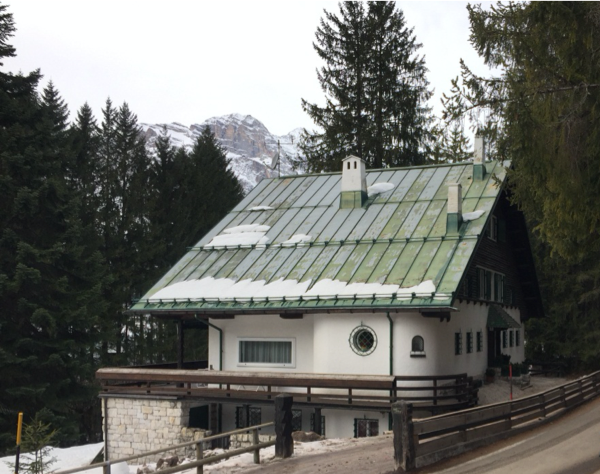
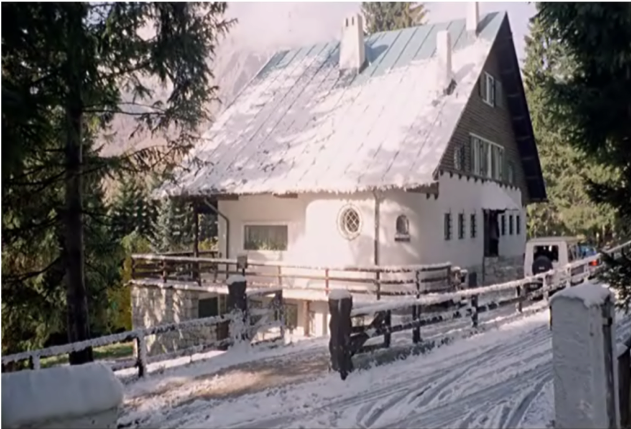
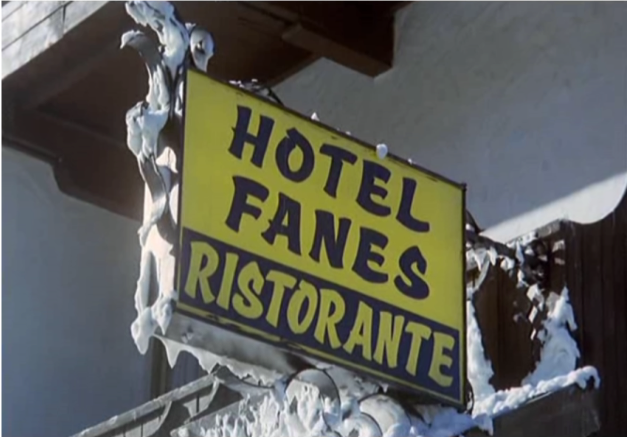
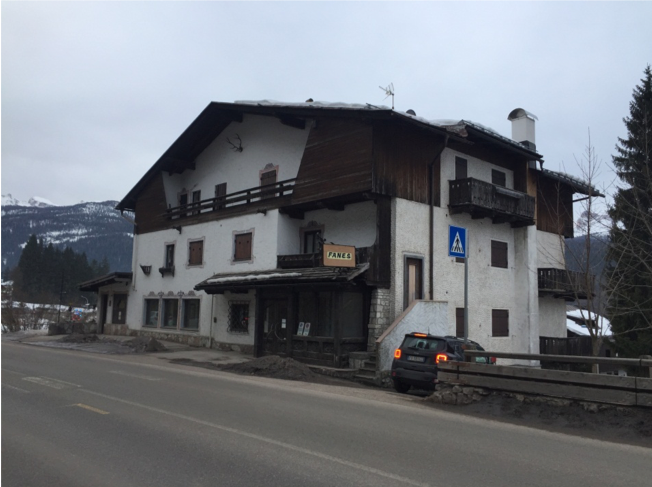
The second hotel is in a completely different category with respect to the Fanes: it is in fact the luxurious Cristallo, a Luxury Collection Resort & Spa, one of the historic grand hotels built in the Ampezzo valley in the early 20th century. Therefore, the Cristallo is emblematic of the luxury hotel, the type of accommodation that was preferred by Milan’s nouveau riche such as the character Donatone Braghetti (played by a hilarious Guido Nicheli) and his wife Ivana (Stefania Sandrelli). One of the most famous lines in the film is spoken by Guido Nicheli when he arrives at the Cristallo with his wife, saying to her in an impeccable Milanese accent, “Ivana, just look at the watch! From Via della Spiga to Hotel Cristallo, Cortina: two hours, fifty-four minutes and twenty-seven seconds! Alboreto is nothing!”
.jpg)


